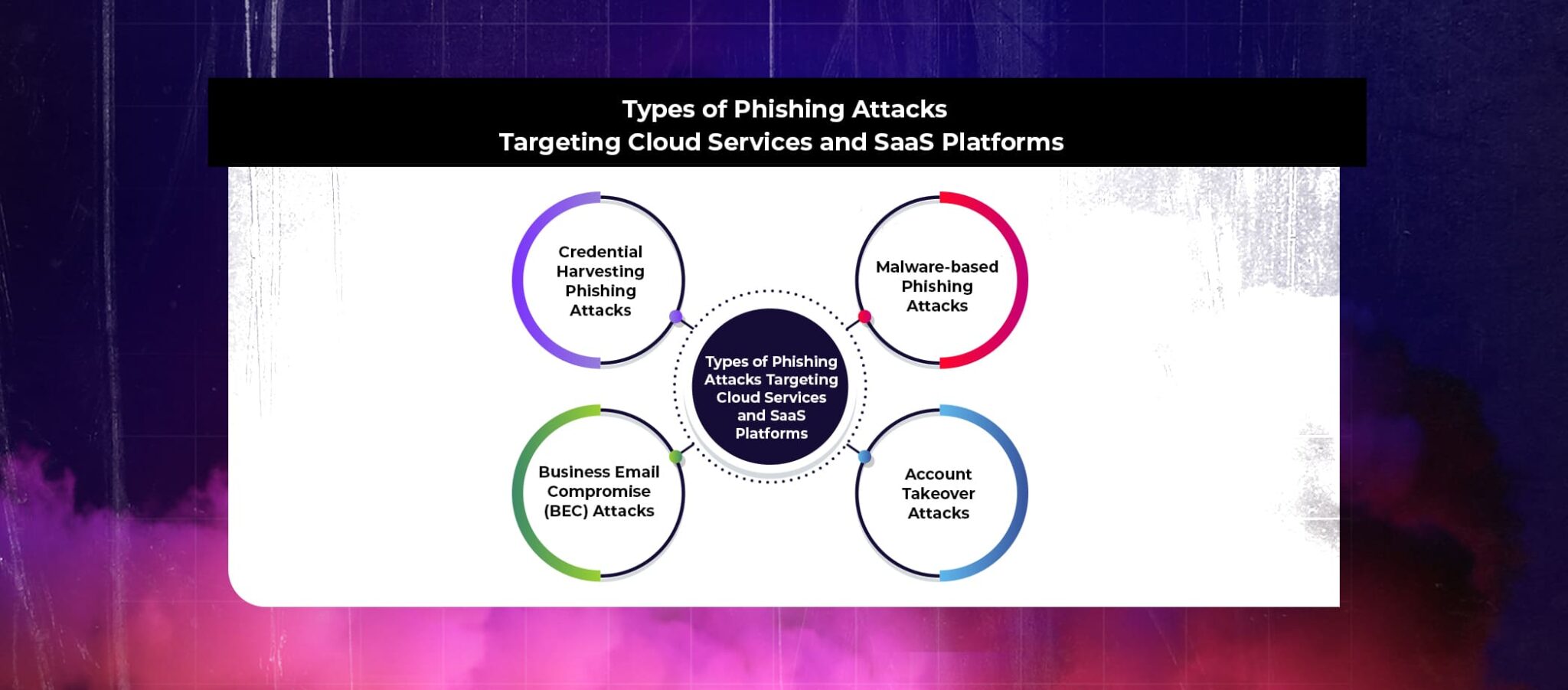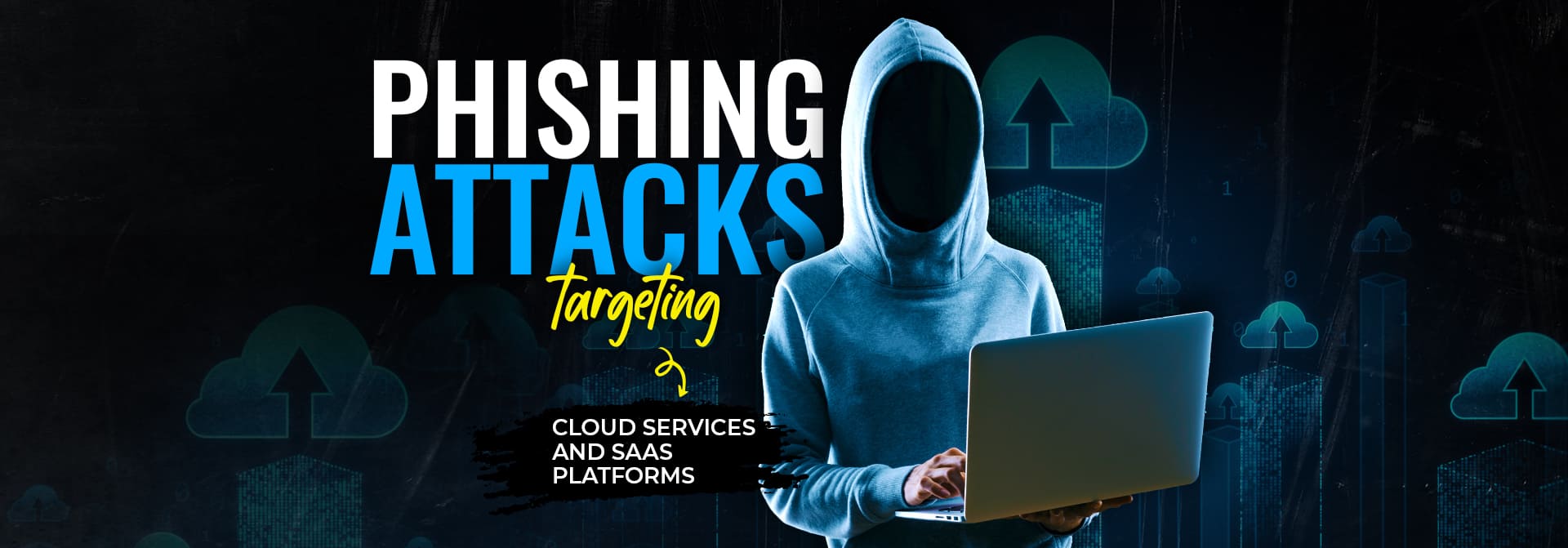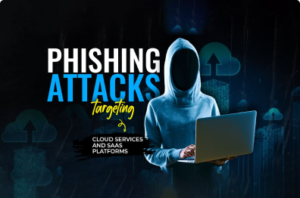As businesses increasingly rely on cloud services and Software-as-a-Service (SaaS) platforms for their operations, cybercriminals have seized the opportunity to exploit vulnerabilities in these environments. Phishing attacks, a method of obtaining sensitive information such as usernames, passwords, and financial details through deceptive means, have become a prevalent threat to cloud services and SaaS platforms. This blog explores the rising trend of phishing attacks in these domains, along with recent statistics and data highlighting the severity of the issue.
PeoplActive is an ISO 27001:2013 certified leading tech hiring platform. By utilizing an exclusive network of 4000+ Silicon Valley caliber tech talent specialized in 100+ in-demand IT skills, it was pretty easy for businesses to hire game-changing Engineers and developers in just 48 hours. So, if you want to accelerate your business, schedule a quick call with our experts now.
Understanding Phishing Attacks
What is Phishing?
Phishing is a form of cyber-attack where attackers impersonate trusted entities, such as well-known companies or individuals, to deceive victims into divulging sensitive information or performing malicious actions. Typically, phishing attacks occur through email, instant messaging, or fraudulent websites.

Phishing Techniques and Tactics
Phishing attacks employ various tactics to trick individuals into taking the desired action. These tactics include email spoofing, social engineering, spear phishing, and pharming. Attackers craft convincing messages, often with urgency or enticing offers, to manipulate victims into revealing credentials or clicking on malicious links.
Evolving Trends: Targeting Cloud Services and SaaS Platforms
As organizations increasingly rely on cloud services and SaaS platforms for data storage, collaboration, and business operations, cybercriminals have recognized the potential to exploit these platforms. By impersonating reputable cloud service providers or SaaS vendors, attackers gain access to sensitive data, intellectual property, and corporate resources.
Also Read: The role of blockchain technology in enhancing Cybersecurity
Why are Cloud Services and SaaS Platforms Targets?
Growing Popularity of Cloud Services and SaaS Platforms
Cloud services and SaaS platforms offer numerous benefits to organizations, including enhanced scalability, flexibility, and cost-efficiency. According to recent reports, the global SaaS market is projected to reach $266.4 billion by 2023, demonstrating the widespread adoption of cloud-based solutions across industries. However, this surge in popularity has attracted the attention of cybercriminals, who see these platforms as lucrative targets for their phishing campaigns.
Valuable Data and Credentials
Cloud services and SaaS platforms store vast amounts of data, including confidential business information, customer data, and login credentials. By compromising these platforms, attackers can gain access to valuable assets, which can be exploited for financial gain or used in subsequent attacks.
Ease of Access and Wide User Base
Cloud services and SaaS platforms are accessible from any location and device, making them convenient targets for cybercriminals. Furthermore, these platforms often have a large user base, providing attackers with a broader scope for their phishing campaigns.
Types of Phishing Attacks Targeting Cloud Services and SaaS Platforms

Credential Harvesting Phishing Attacks
These attacks aim to trick users into divulging their login credentials by luring them to counterfeit login pages or prompting them to provide their credentials through deceptive emails or messages.
Malware-based Phishing Attacks
Malware-based phishing attacks involve sending malicious attachments or links that, when clicked, install malware on the victim’s device. This malware can capture login credentials or provide attackers with remote access to the compromised system.
Business Email Compromise (BEC) Attacks
BEC attacks target employees within an organization, attempting to deceive them into revealing sensitive information or initiating fraudulent transactions. Attackers may impersonate executives or business partners to gain the victim’s trust and manipulate them into taking specific actions.
Account Takeover Attacks
Account takeover attacks occur when attackers gain unauthorized access to a user’s cloud service or SaaS platform account. They may achieve this through credential theft or by exploiting vulnerabilities in the platform’s security measures.
Also Read: The Importance of Understanding the Unique Challenges of IT & OT Cybersecurity
Real-Life Examples of Phishing Attacks on Cloud Services and SaaS Platforms
Google Drive and OneDrive Phishing Attacks
Attackers send phishing emails claiming to share important files via Google Drive or OneDrive, leading victims to click on malicious links that request login credentials or install malware.
Dropbox and Box Phishing Attacks
Phishing emails impersonating Dropbox or Box prompt recipients to take urgent action, such as verifying their account or updating their billing information. These emails contain malicious links that redirect victims to counterfeit login pages.
Phishing Attacks on SaaS Platforms (e.g., Salesforce, Microsoft 365)
Cybercriminals exploit the popularity of SaaS platforms like Salesforce and Microsoft 365 by sending deceptive emails requesting users to log in to their accounts for various reasons, such as updating software or reviewing important documents. These attacks aim to steal login credentials or gain unauthorized access to sensitive data.
Implications and Consequences of Phishing Attacks on Cloud Services and SaaS Platforms
Data Breaches and Unauthorized Access
Successful phishing attacks can result in data breaches, exposing sensitive information to unauthorized parties. This can lead to financial losses, legal consequences, and damage to an organization’s reputation.
Financial Losses and Fraudulent Activities
Phishing attacks targeting cloud services and SaaS platforms can lead to financial losses, such as fraudulent transactions, unauthorized access to financial accounts, or ransom demands.
Reputational Damage and Loss of Customer Trust
A data breach or successful phishing attack can severely damage an organization’s reputation, leading to a loss of customer trust and potential business repercussions.
Legal and Compliance Issues
Phishing attacks on cloud services and SaaS platforms can result in legal and compliance issues, especially if customer data or sensitive information is compromised. Organizations may face penalties, lawsuits, and regulatory scrutiny.
Prevention and Mitigation Strategies
Multi-Factor Authentication (MFA)
Enforcing MFA adds an extra layer of security by requiring users to provide additional authentication factors, such as a one-time password or biometric verification, in addition to their login credentials.
Email Filters and Anti-Phishing Solutions
Implementing robust email filters and utilizing anti-phishing solutions can help detect and block phishing emails before they reach users’ inboxes, reducing the likelihood of successful attacks.
Regular Software Updates and Patching
Keeping cloud services, SaaS platforms, and associated software up to date with the latest security patches and fixes helps protect against known vulnerabilities that attackers may exploit.
Incident Response and Recovery Plans
Having a well-defined incident response plan that outlines steps to mitigate the impact of a phishing attack and recover compromised systems is vital for effective incident management.
Best Practices for Users and Organizations
Vigilance in Identifying Phishing Attempts
Users should scrutinize emails and messages, paying attention to suspicious senders, grammatical errors, and requests for sensitive information. They should also verify the authenticity of links by hovering over them before clicking.
Verifying Authenticity of Emails and Links
When receiving emails requesting sensitive information or prompting action, users should independently verify the legitimacy of the sender by contacting the organization directly through official channels rather than replying to the email.
Secure Password Practices and Credential Management
Users should use strong, unique passwords for their cloud services and SaaS platforms and consider employing a password manager to securely store and manage credentials.
Regular Backups
Maintaining regular backups of critical data and files helps mitigate the impact of a successful phishing attack or data breach, enabling faster recovery and reducing data loss.
Summing it up
Phishing attacks targeting cloud services and SaaS platforms pose significant risks to individuals and organizations. By understanding the techniques employed by cybercriminals and implementing robust security measures, including multi-factor authentication, and anti-phishing solutions, users and organizations can significantly reduce the chances of falling victim to these attacks. Additionally, maintaining vigilance, verifying the authenticity of emails and links, and practicing secure password management are essential habits for mitigating the risks associated with phishing attacks. By adopting a proactive approach to cybersecurity, businesses can protect their valuable data, preserve their reputation, and safeguard their operations in an increasingly digital landscape.
Cybercrime is on the rise at an alarming rate, posing a significant threat to businesses worldwide. With evolving tactics and increasing sophistication, it only takes one vulnerability for an organization to suffer devastating consequences. Protecting your business from these hazards is crucial to its survival. By hiring a Cyber Security Ninja, an expert in the field, you can fortify your defenses and ensure the safety of your sensitive data.
Act Immediately!



















